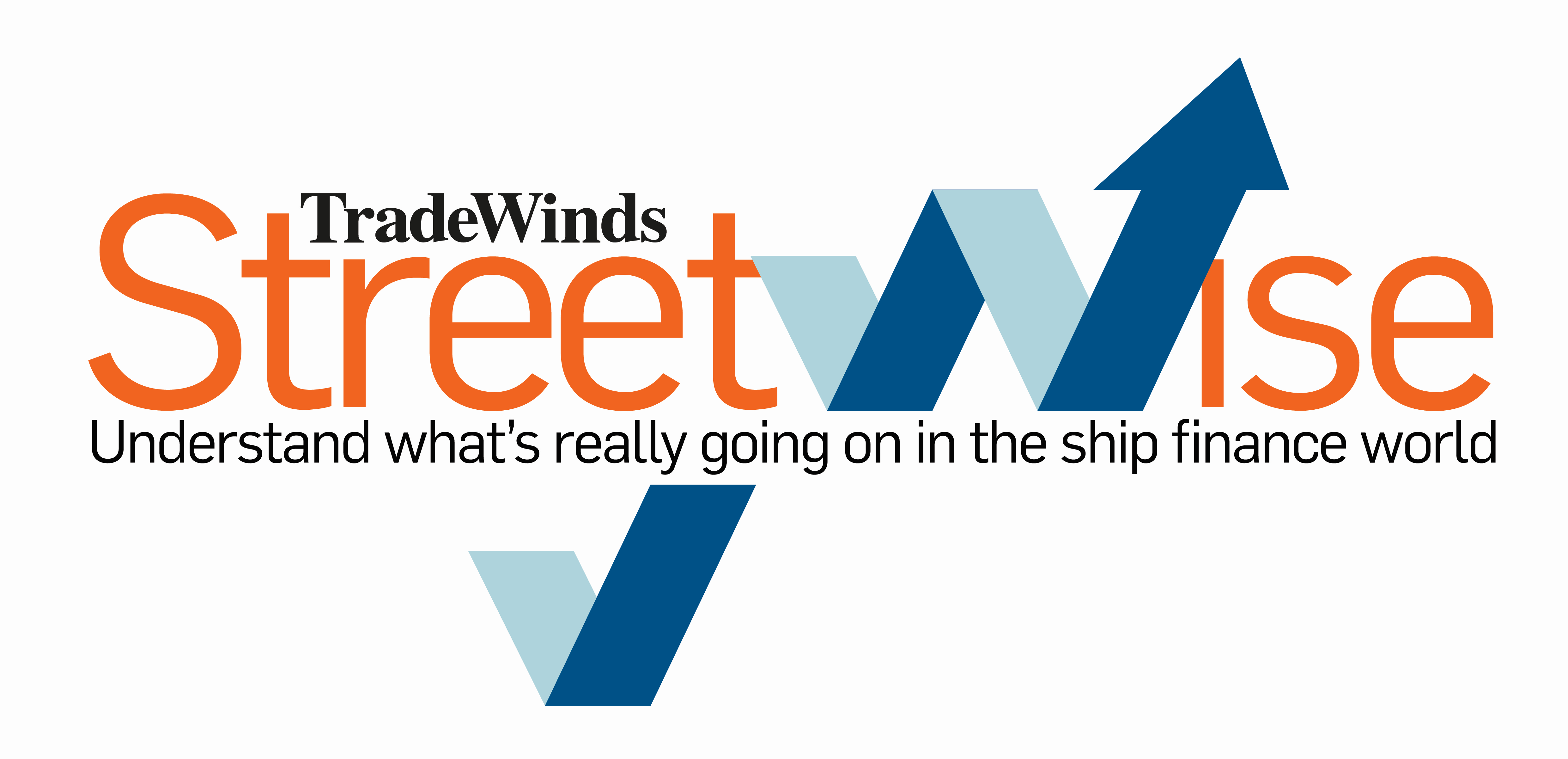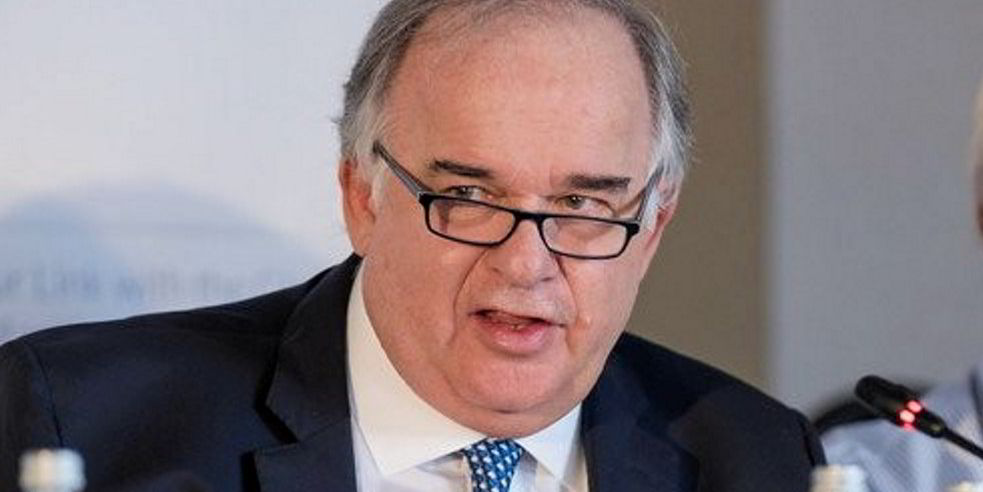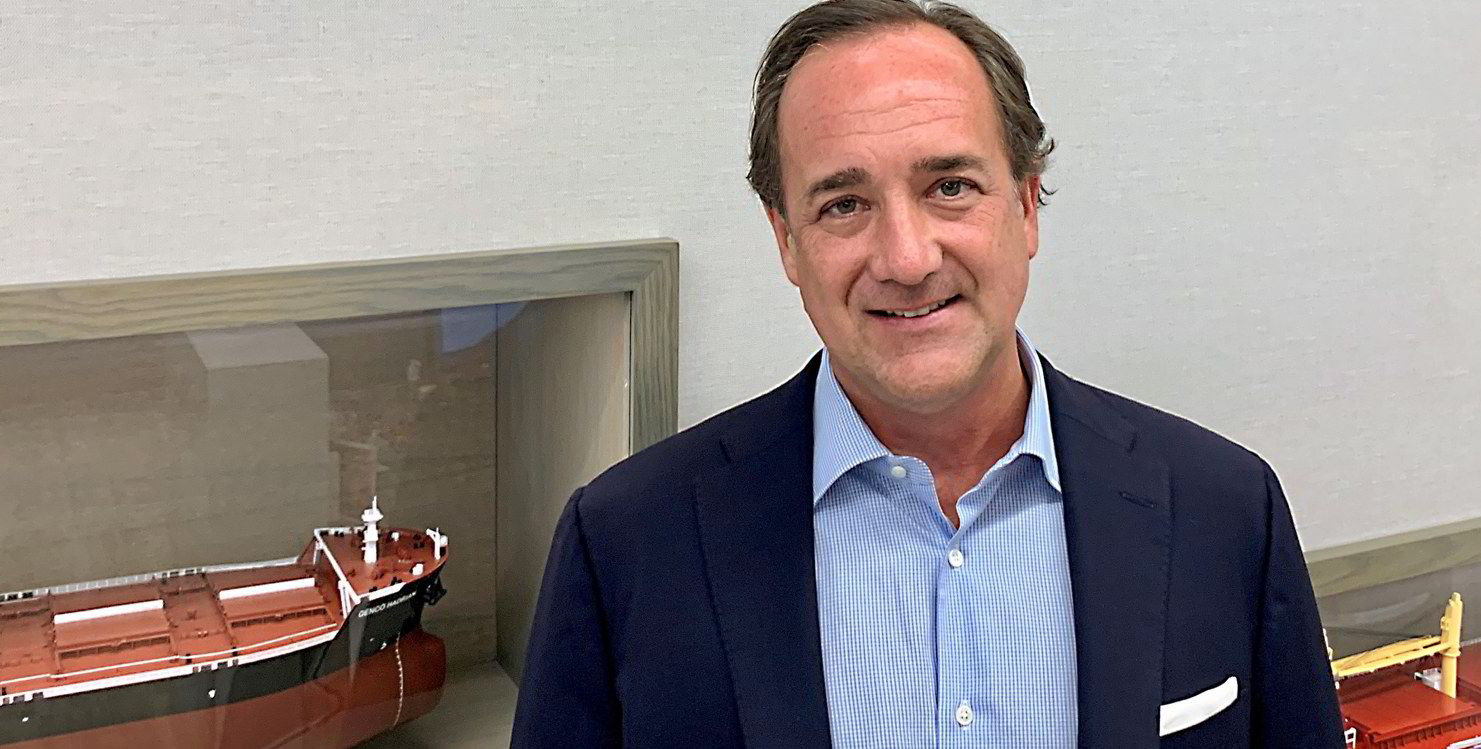With shipping midway through another season of earnings, what companies are doing with their dividends has been one of the more interesting topics to track.
Things are looking up for the tanker crowd, especially in clean products. Market giant Scorpio Tankers doubled its quarterly payout to $0.20 per share, while competitor Ardmore Shipping reinstated its distribution under a new high-payout policy that yielded $0.45 per share.
Expectations of higher and sustainable payouts are also part of the thesis for gains by the crude tanker group as the year goes on.

VLCC owner DHT Holdings had its first chance to pay out 100% of net income under a new model, doling out $0.38 per share this month.
In all of these cases, investors seemed to take notice.
Ardmore, for example, shot to the highest share price in its history on the news. Scorpio has been trading near record highs.
And DHT shares rocketed up 14% on the payment — something Clarksons Securities analyst Frode Morkedal said was hardly coincidental.
“The stock took off, demonstrating the significance of dividends in the current market climate,” Morkedal wrote in a note to clients.
“Although investors are gradually becoming aware of the favourable market outlook, their long-term perspective remains limited, as most are still influenced by the previous market cycles’ short-lived peaks.
“To buy at current prices, investors require a high cash return profile, and DHT effectively showed that despite a 100% payout, they still have enough cash to reduce debt.”
It might be argued that the tanker crowd had some catching up to do in comparison with their peers in dry bulk and the container sectors.
Most operators in those trades had record or near-record cash flows in 2021 as the market recovered from Covid-19 lows of 2020. They saw the opportunity to reinstate or ramp up dividends, and they took it.
Tanker owners couldn’t follow suit as they were still scudding along the market bottom, their own recovery delayed but finally gaining steam once Russian President Vladimir Putin sent tanks and missiles into Ukraine.
Now it’s container ship operators that are facing a trough with no clear end.
And dry bulk owners are struggling through their own woes — the Baltic Dry Index plumbing depths not reached since the dark days of Covid — but with one big difference: pundits are almost universally predicting a market recovery in the second half of 2023.
Still, the fourth quarter of 2022 wasn’t great and the first three months of this year — always a seasonally weak period for dry — are shaping up to be even worse.
So what of the dividends that Morkedal reminds us are so important in investors’ minds?
Well, for the most part, they’ve come down. And they are likely to move lower when dividends for the current period are announced in May.
But the dry bulk distributions have not gone away so far, and that is the important thing.
Reassuring investors that dividends will be paid throughout cycles has been a mantra of Genco Shipping & Trading chief executive John Wobensmith, who worked to slash debt and lower operating costs to make this possible.
“You want to be able to tell investors that you’ll never turn that dividend off. It may fluctuate, but you’ll never have to turn it off,” he told a finance conference last November.
So far, so good.

When Genco reported earnings on Wednesday, the payout dropped to $0.50 per share after the owner paid a cumulative $2.57 in 2022. But the dividend was still standing.
With earnings weaker still into the current quarter, Genco is reminding investors that it has a $10.7m cash reserve available to “smooth out” (in Wobensmith’s words) the next distribution.
The fourth-quarter dividend at one of Genco’s high-payout peers, Star Bulk Carriers of Greece, also dived lower.
At $0.60 per share, Star’s payout was down from $1.60 the previous quarter and $2 in the first quarter of 2022.
“It does demonstrate the volatility in payouts. Furthermore, we expect the next dividend to be even lower at $0.16 per share,” analyst Ben Nolan of Stifel told clients.
But then the silver lining.
“With very low leverage and consequently low breakeven levels, the company is able to continue to pay dividends even in periods of rate weakness without damaging the balance sheet and also maintain the flexibility to pay out much more as rates normalise higher,” Nolan wrote.
The whole dividend thing can get complicated.
Take Diana Shipping this week, which cut its distribution to $0.15 per share from $0.175 in the third quarter but actually got credit for an increased payout from analyst Omar Nokta of Jefferies.
Diana pledged to keep the $0.15 for at least the next three quarters, which Nokta said would work out to 85% to 90% of projected earnings, as opposed to 63% in 2022.
So it was a dividend cut that turned into an increase. No doubt Diana management will approve of this message.
In any case, it’s another dividend that is still standing. So far, so good.
More shipping finance news
Hamburg Commercial Bank is looking to step up its lending to the offshore and car carrier market to counterbalance a drop in new shipping lending. Click here to read.
Oslo-listed Maritime & Merchant Bank has increased lending to shipping despite owners selling vessels and paying off loans in hot markets. Click here to read.
Nine months after stepping up as Clarksons Securities’ new head of research for US shipping stocks, Turner Holm is leaving to work as a Clarksons investment banker in offshore wind. Click here to read.(Copyright)



